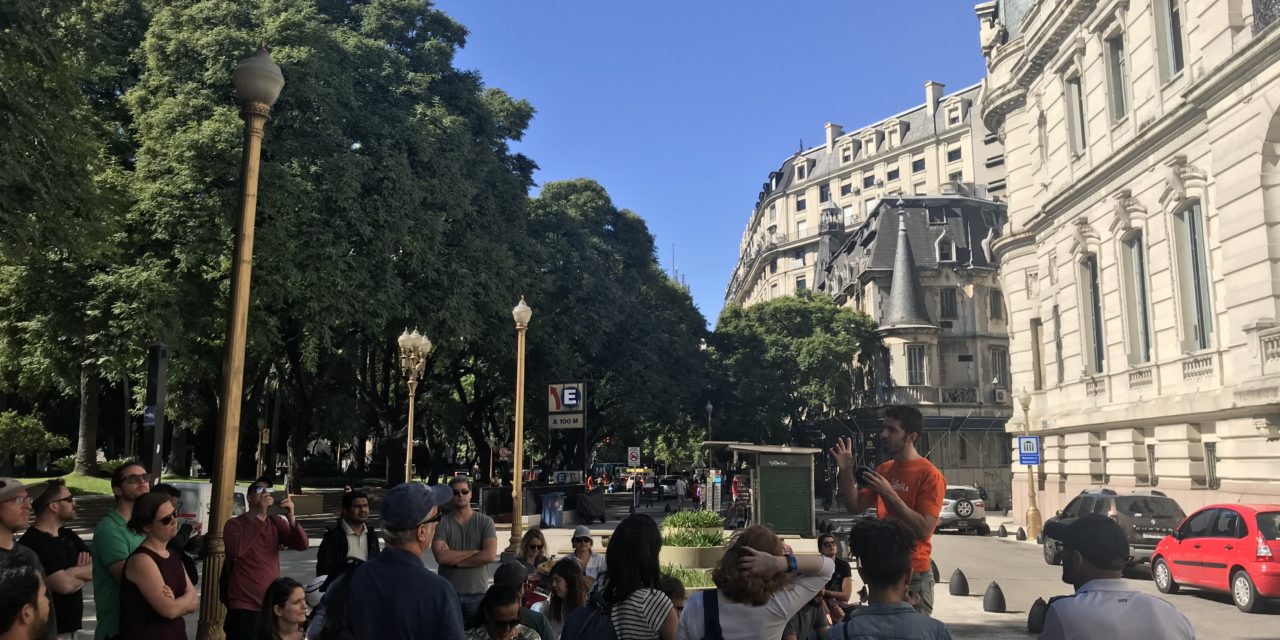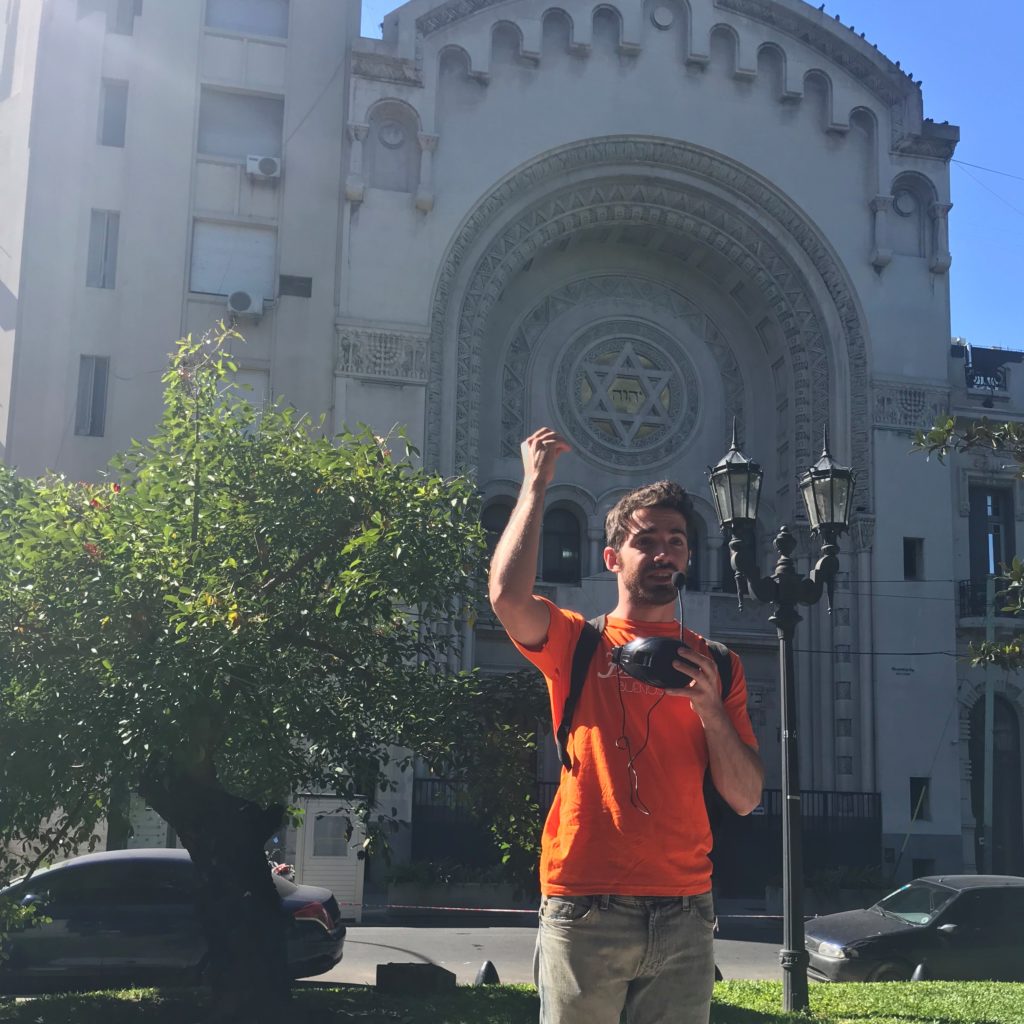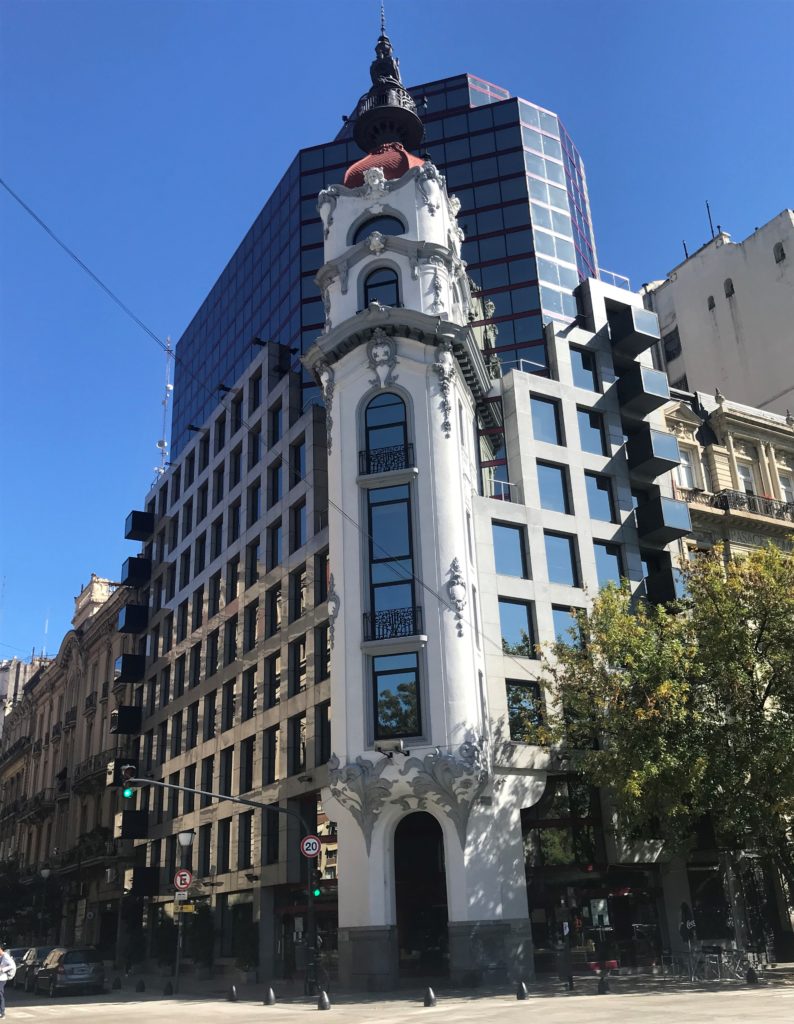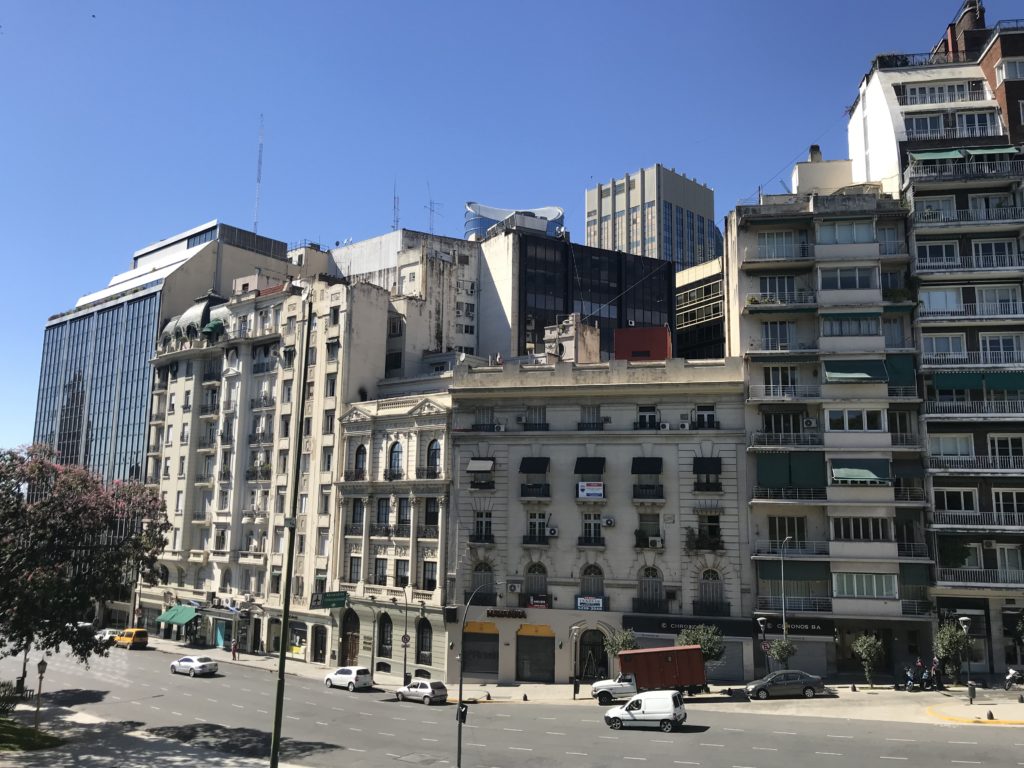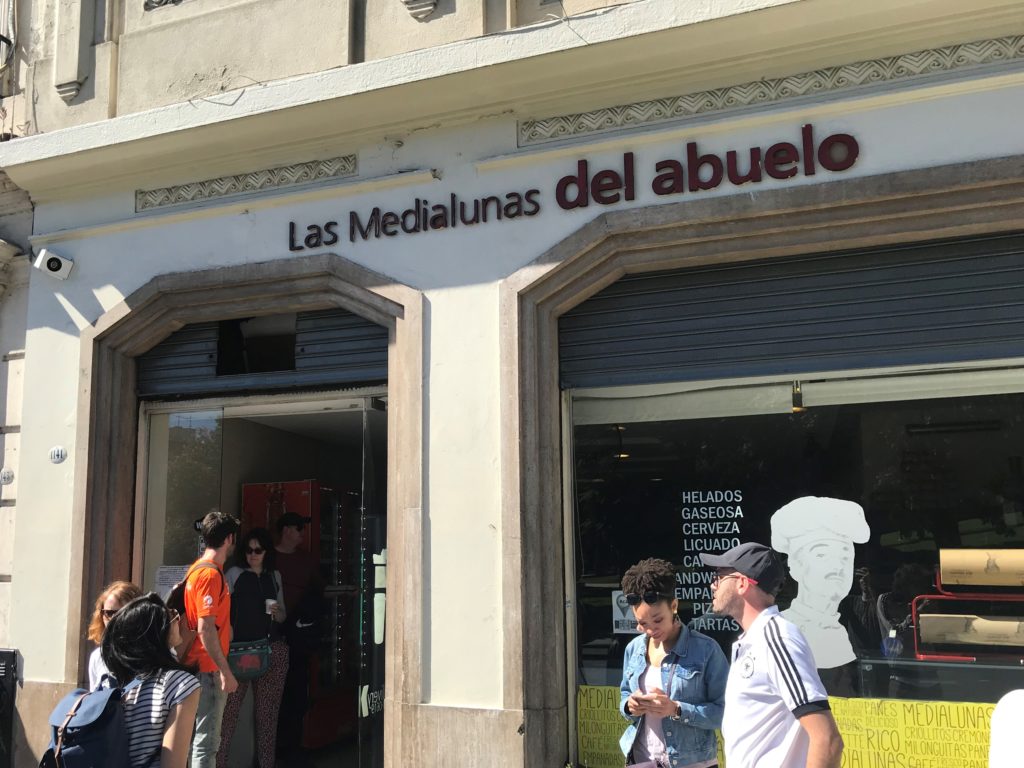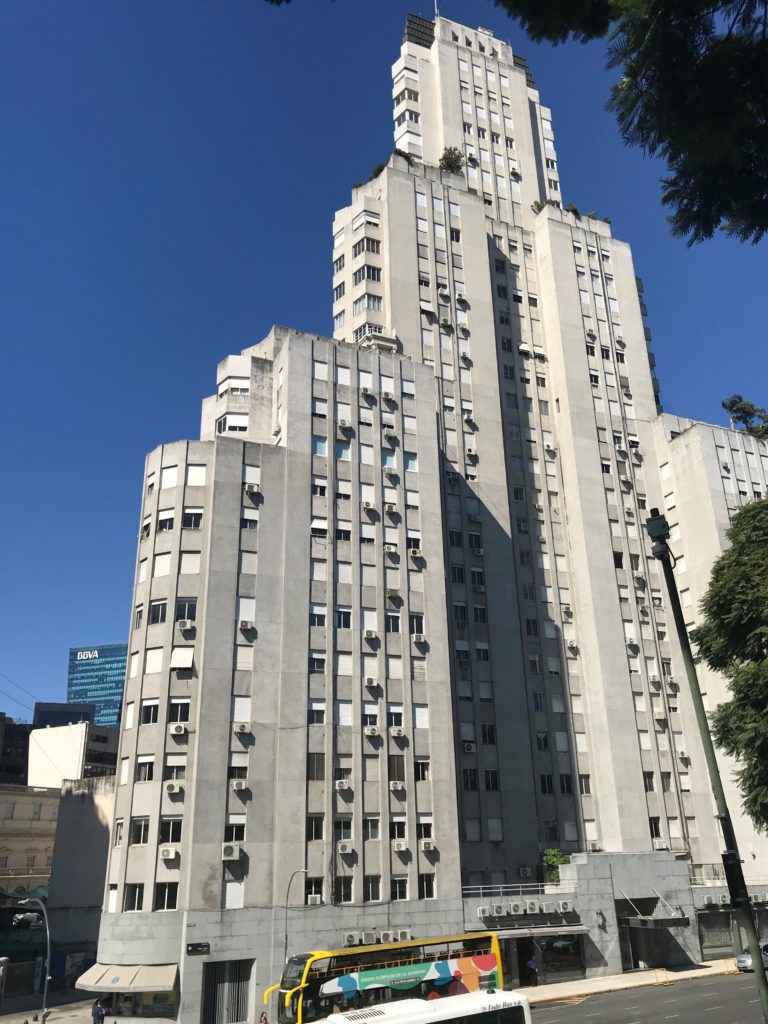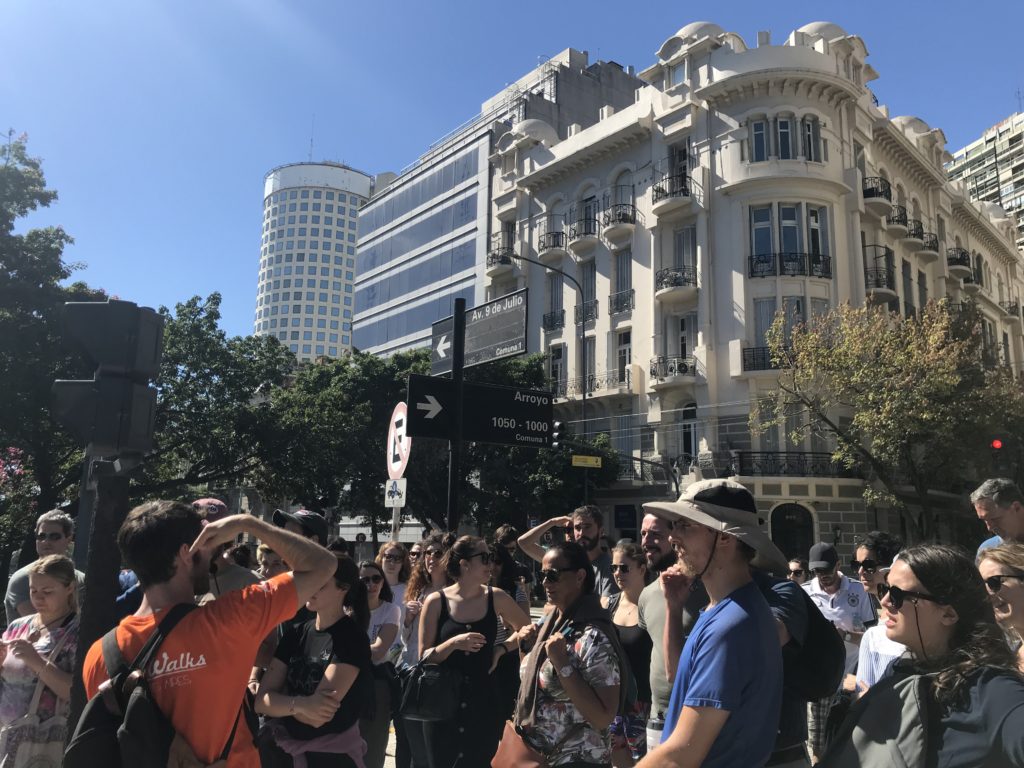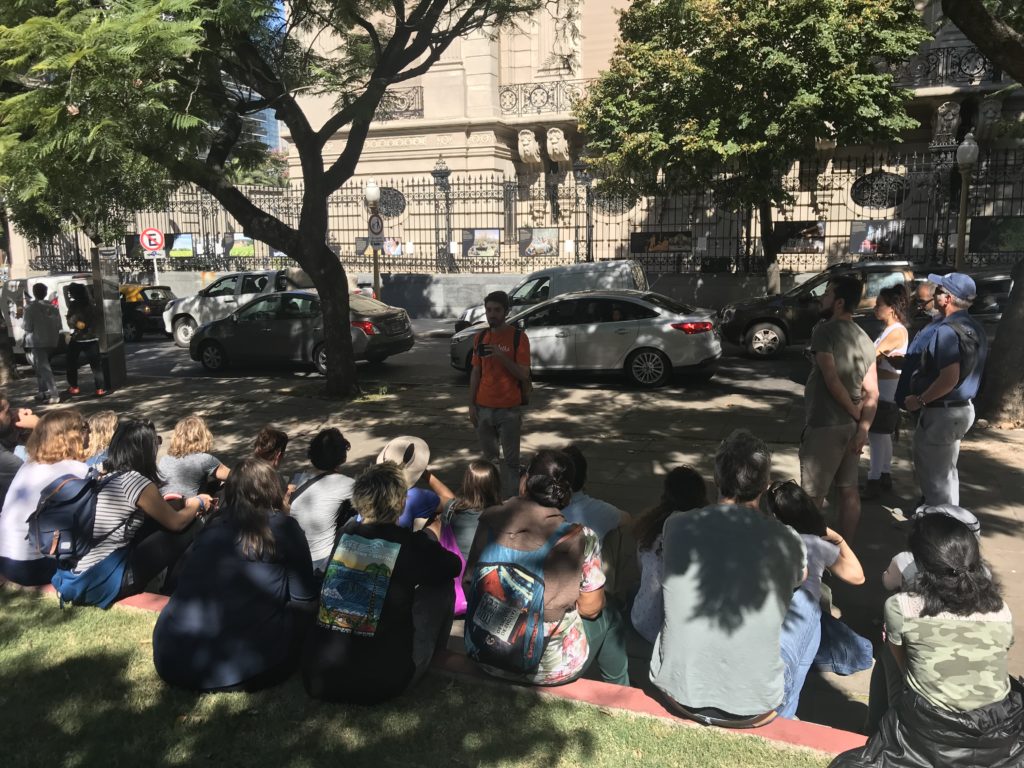While my daughter and I were in Buenos Aires back in April, I decided to book a walking tour. These haven’t been an especially popular idea with my kids, but I find that exploring the city on foot with a guide is often the best way to really learn about it. I had an awesome walking tour of Charleston late last year. Since I’m cheap, I decided to give Free Walks Buenos Aires a try.
I didn’t know free walking tours were a thing, but the business model makes sense. It’s really not free. You simply give whatever you wish to your guide at the end. The website isn’t shy about calling it tip-based.
The Global Free Tours Network
Free Walks Buenos Aires is just one offering among a number of “free walks” destinations around the world. Global Free Tours seeks to offer free tours in many cities, providing guides who can provide their unique insight into the history or culture. I hope they keep expanding the number of cities where you can find their tours.
The whole Global Free Tours system has been designed to let you to choose the value of the tour, which is the unique part of its model. However, if you are a good tour guide and consistently have as many people as showed up for our tour, you probably make more than if you charged for the experience. We had a rather large tour group (for a walking tour), and I’m guessing our guide brought in over ~$250 USD for three hours work, if everyone gave what we did.
Free Walks Buenos Aires Details
There are two free daily tours offered by Free Walks Buenos Aires. Starting from a street corner near Teatro Colón at 10:30 a.m., the morning tour will take you through the neighborhoods of Retiro and Recoleta. There is an afternoon tour of the city center starting at 3:00 p.m. at the Congreso Nacional. Both tours are long, running around 3 hours.
In addition to these free walking tours, Free Walks Buenos Aires offers a paid tour of the southern neighborhood of La Boca. This tour costs $400 ARS (just under $10 USD), which is very reasonable, in my opinion.
There were two guides giving two separate morning tours, one in Spanish, the other in English. Both were very popular. Close to 80 people showed up for Free Walks Buenos Aires that day. Just over half of the participants ended up joining the English tour along with us.
Morning Free Walks Buenos Aires Tour Review
Juan, our tour guide for the morning, is a lecturer of the history of design at a nearby university during the week and leads these tours on the weekends. He was a student of architectural design. This is the lens through which he helps you see Buenos Aires. And while that may sound a bit boring on the surface, he makes it quite interesting.
There is a sharp irregularity to the architecture of Buenos Aires. It is untidy. It is unique. Each generation did not respect the design of the previous, and this was the perfect springboard into discussing the unique and varied history of the capital of Argentina. Juan quickly proved to be a knowledgeable and excellent guide, aided by a microphone and his good command of English. One of the buildings on the corner near where we started is a perfect example of the amalgamation within the city. Developers wanted to tear down an old art nouveau building and replace it with a modern office building. Others wanted the building saved.
The compromise? Keep the tower of the original and integrate the new building into it.
The walking tour takes you through part of the central district, then Retiro and Recoleta. These northern districts used to be outside the city, becoming a place for wealthier people to live after a yellow fever epidemic in 1871 killed 8% of the city population in one year. Many left for less-crowded spaces. Now the city has grown all around and they are some of Buenos Aires’ core districts.
Throughout the city you can see the haphazard design. Colonial architecture gives way to neoclassical, while interspersed by modern office structures and concrete apartment buildings. Juan used the design as a springboard to explain the varied, tumultuous history of Buenos Aires. The “golden age” of the city was in the late 1800s and very early 1900s when the country experienced most of its immigration. The period of decline that followed included multiple military coups and changes of power that resulted in a fragmented vision for the city and country.
The first half of the tour takes roughly 90 minutes before a lunch stop at Las Medialunas del Abuelo. This small café offers good empanadas and a number of other items. It makes for a nice break after being on your feet for so long.
I ended up sitting with our guide. He commented that I look like a rather young father. This has been a fairly common observation, and it makes me smile every time. I’ve just turned 30, so I can see why people are curious that I have a 12-year-old daughter.
Latter Half of the Tour
After lunch the tour continues directly outside the café with an explanation of a rather unique skyscraper. It marked the end of the European design influences and the beginning of the modern. It was also completed in a watershed moment for Argentina, 1936, not long after the country had experienced its first of six military coups.
From here the tour winds through a park with an explanation of the railroad systems in the distance, and then down to a memorial of the fallen in the Falkland Islands war. Juan has a unique and introspective view on the conflict, which was interesting to hear. The tour then wraps up near Recoleta Cemetery.
It was an excellent tour. The pace is good, especially since you’re on your feet for hours. Juan took us at a leisurely stroll. He also uniquely chooses to not discuss much about famous Argentinians, instead focusing on the cultural and economic history of Buenos Aires and the country. Never once did he talk about Che Guevara, Eva Perón, or even Pope Francis or Diego Maradona.
My twelve-year-old daughter was a trooper, but I could that most of the tour wasn’t for her. I’d told her we’d likely take a walking tour, so she was prepared, but it didn’t make it any easier once we were hitting the third hour. If you have kids who aren’t all that into history or hate walking, or both, consider passing it up.
Conclusion
The free tour model is a unique one, but I really thought that our tour guide did an excellent job. I compensated him for his efforts. We learned a great deal about Buenos Aires, and it was presented in a style that I really appreciated.
Looking at some of the other review of Free Walks Buenos Aires, it looks like the tour guides are a crapshoot. Others rave about Juan, and all the 1-star reviews focus on the same, different individual. This would be my one worry with any free tour: the quality of the guide. The guide makes or breaks any tour.
But I would definitely consider another Free Walks Buenos Aires again, or any free walking tour, for that matter.

